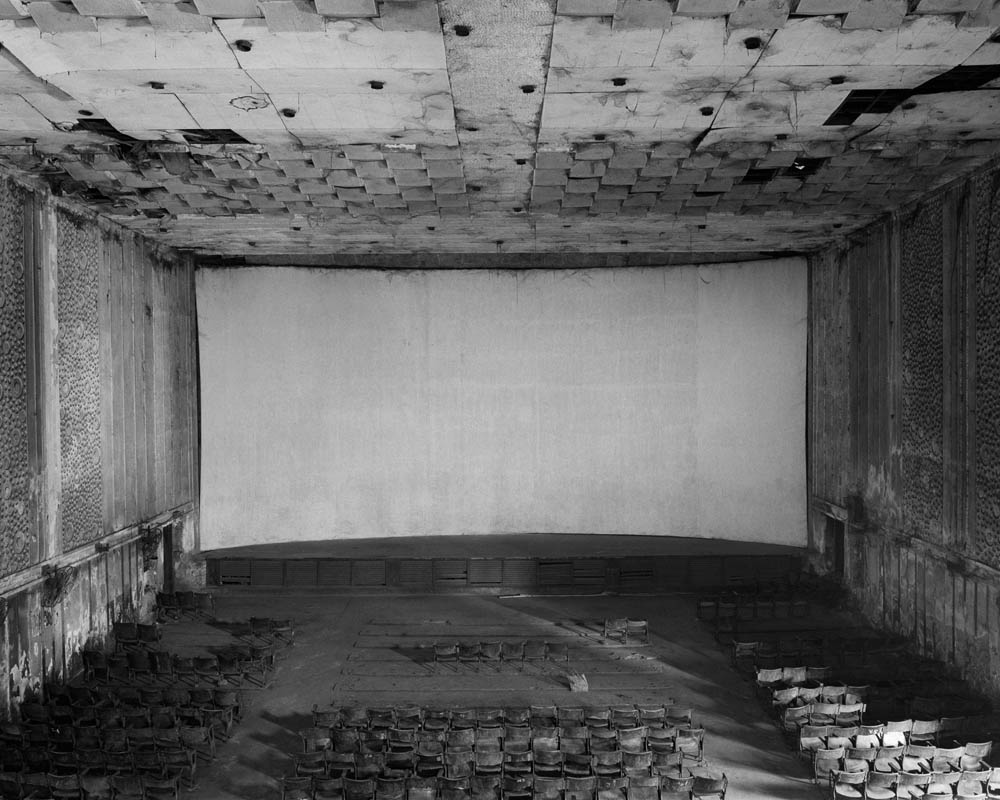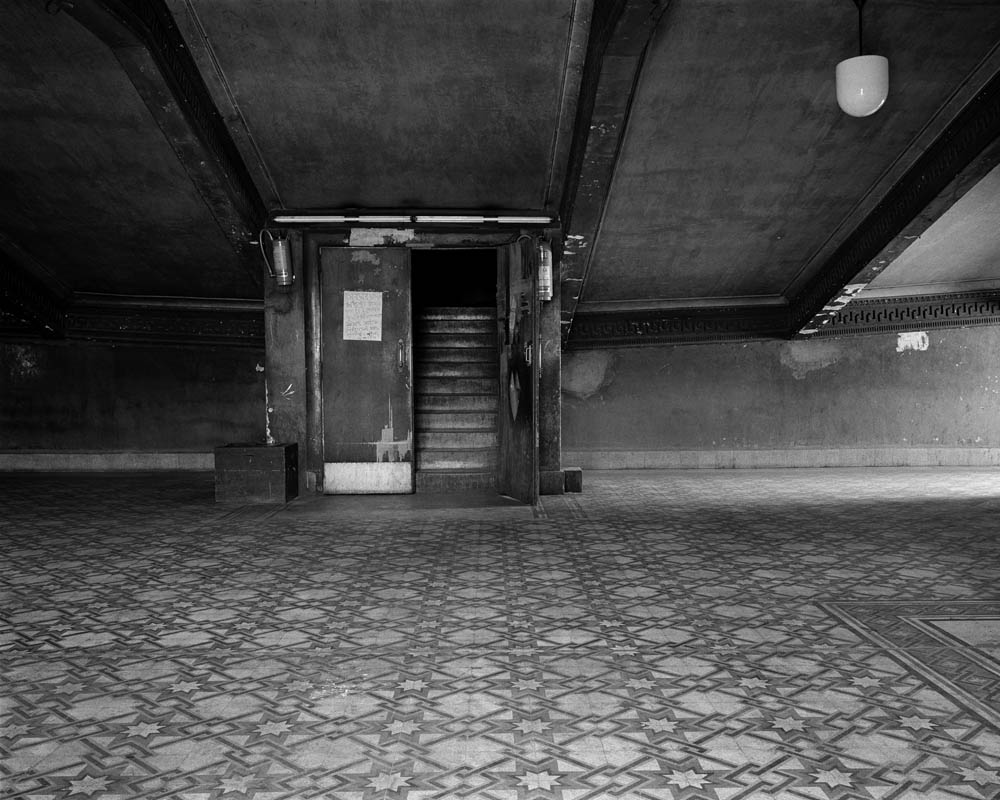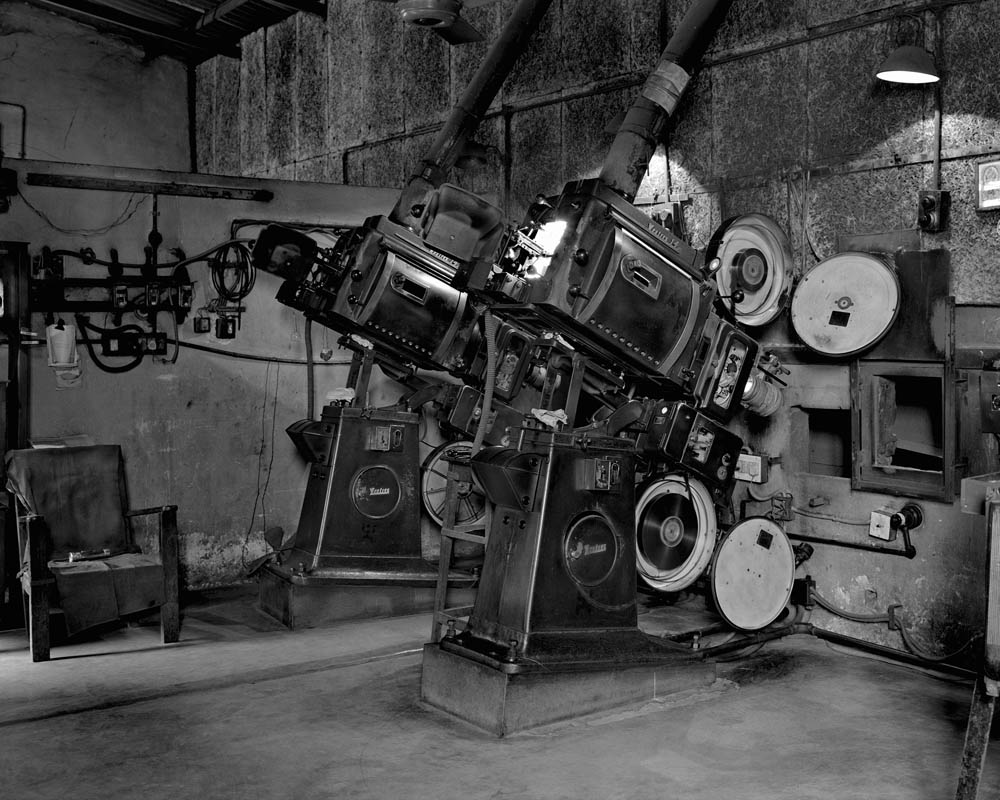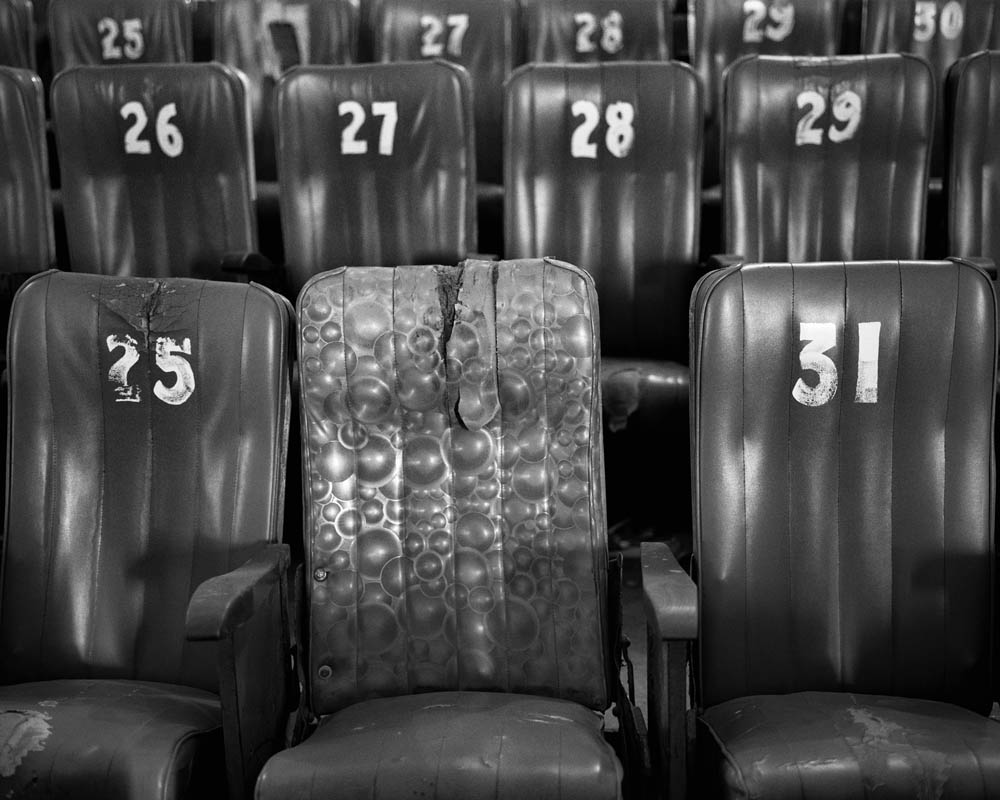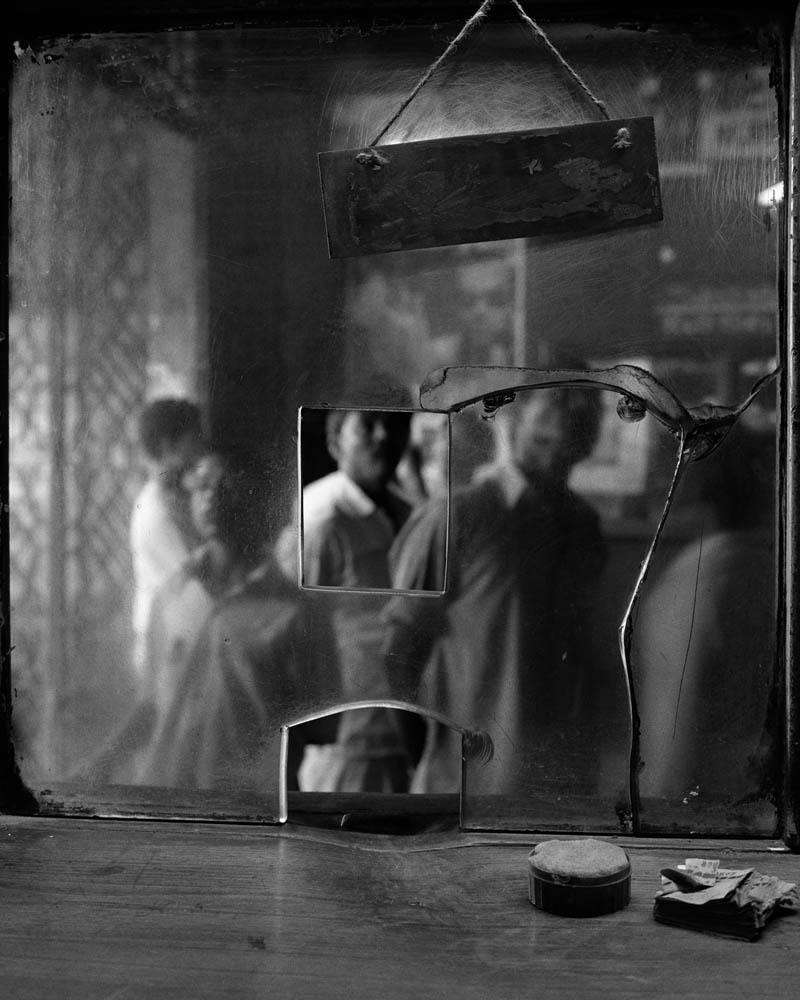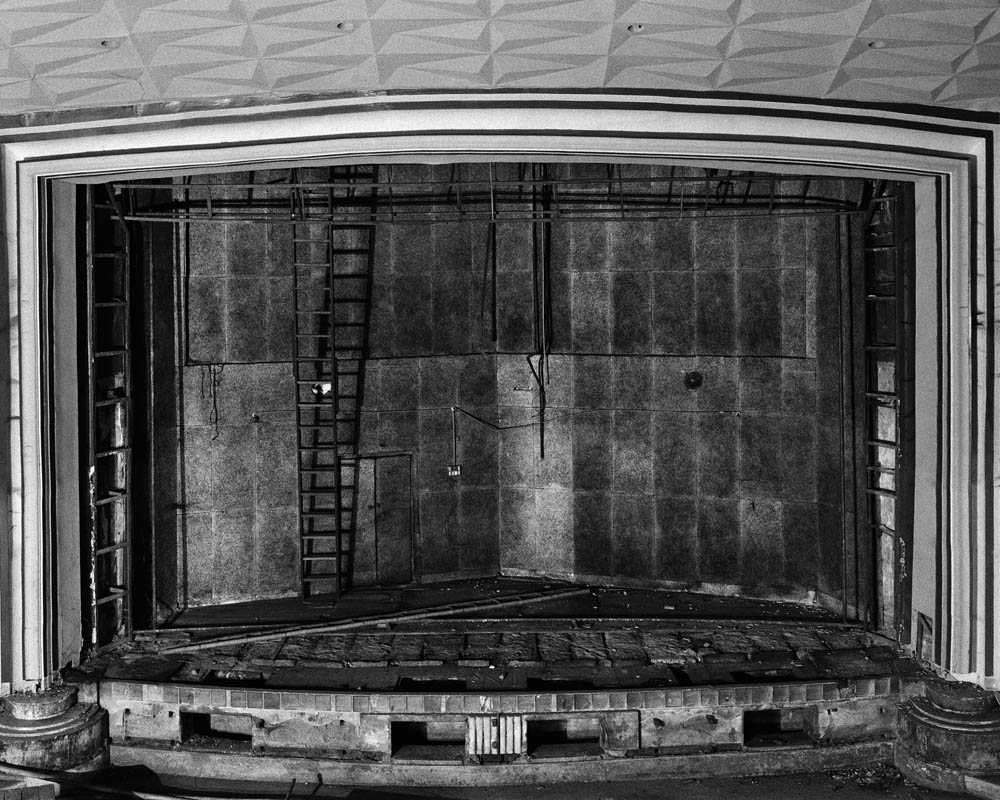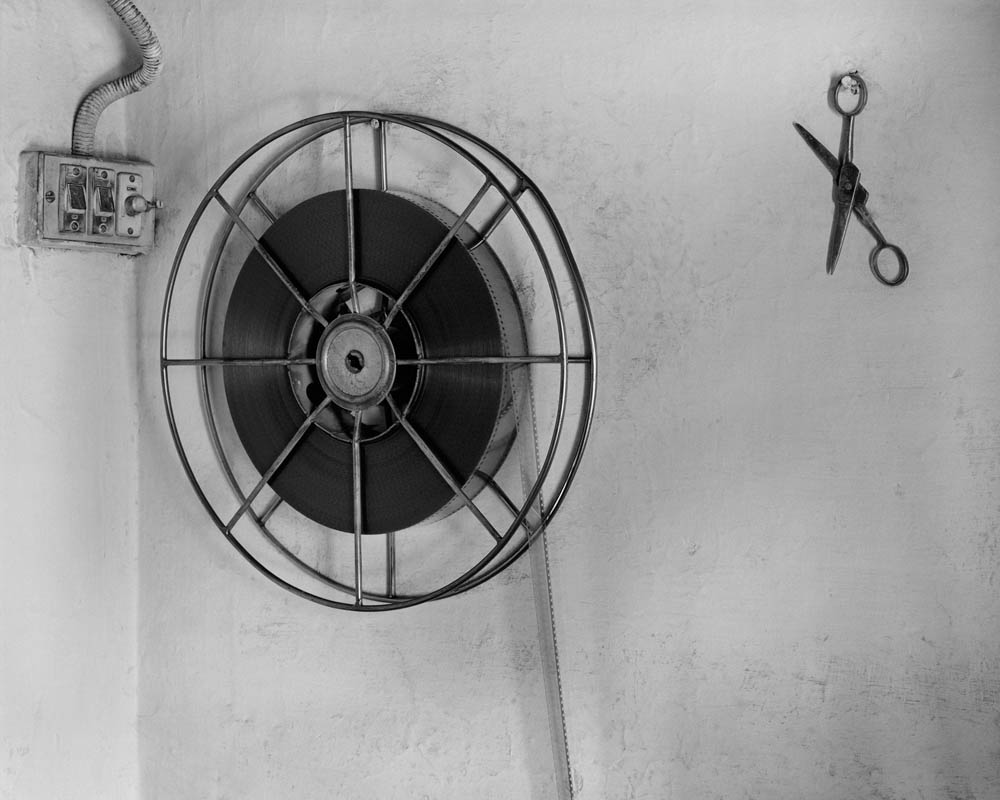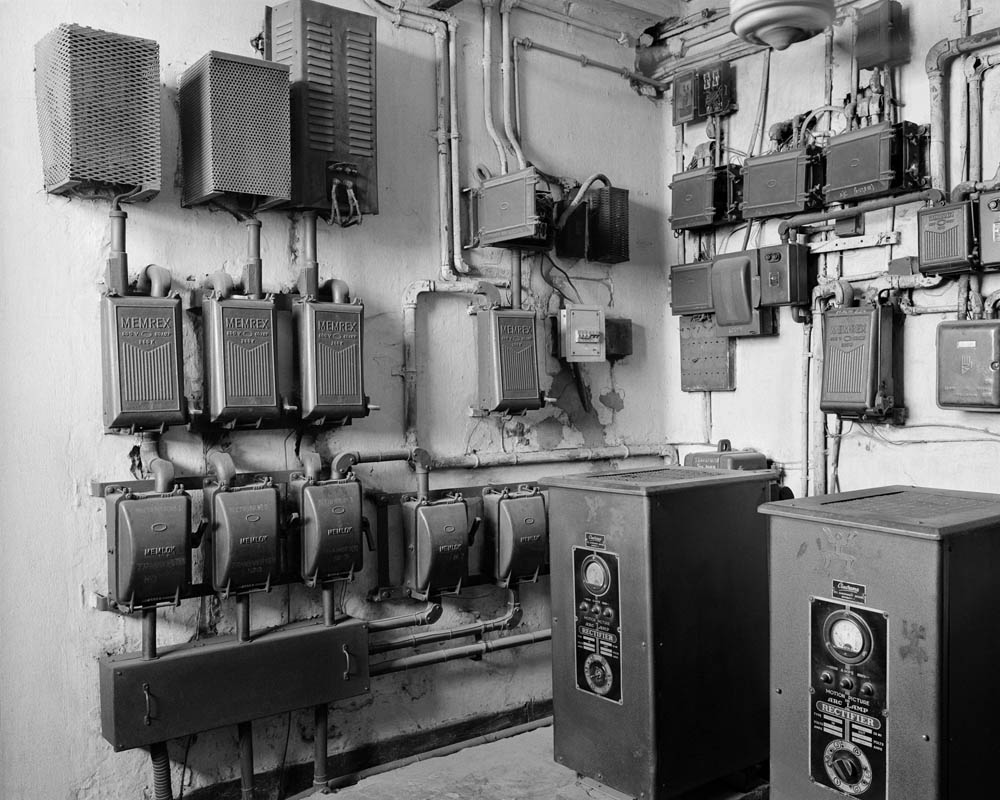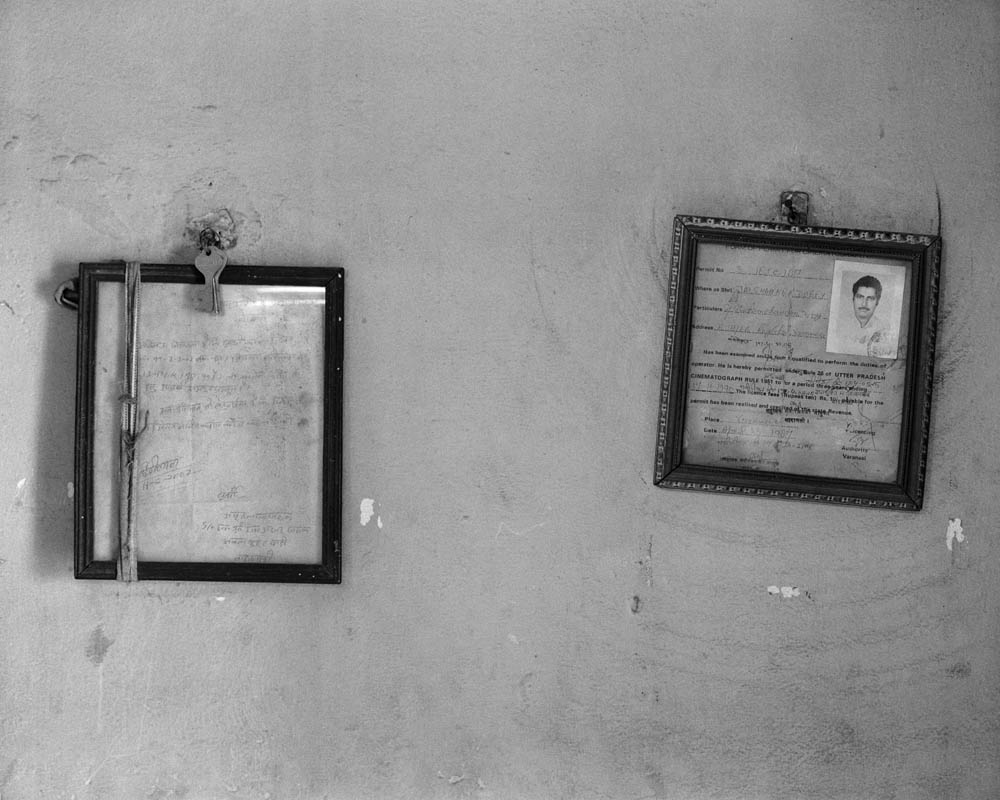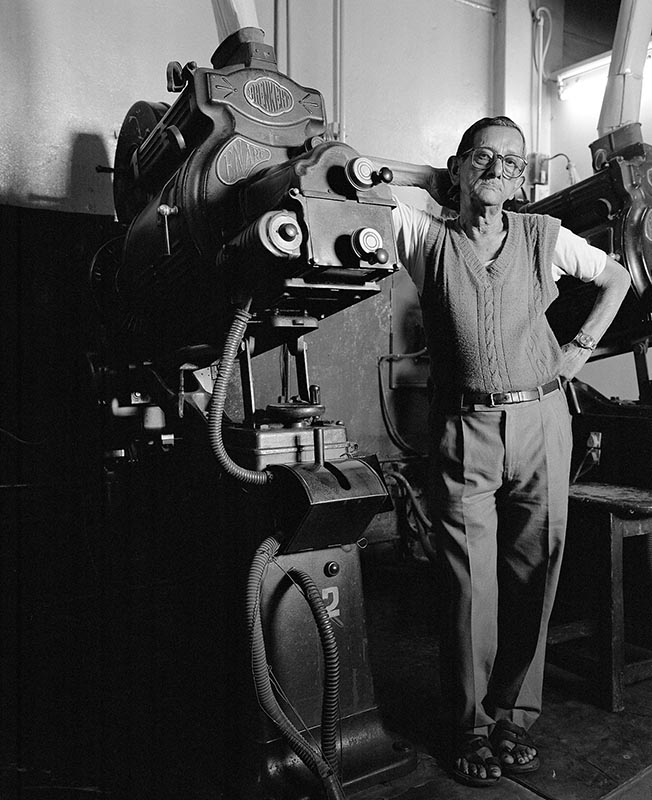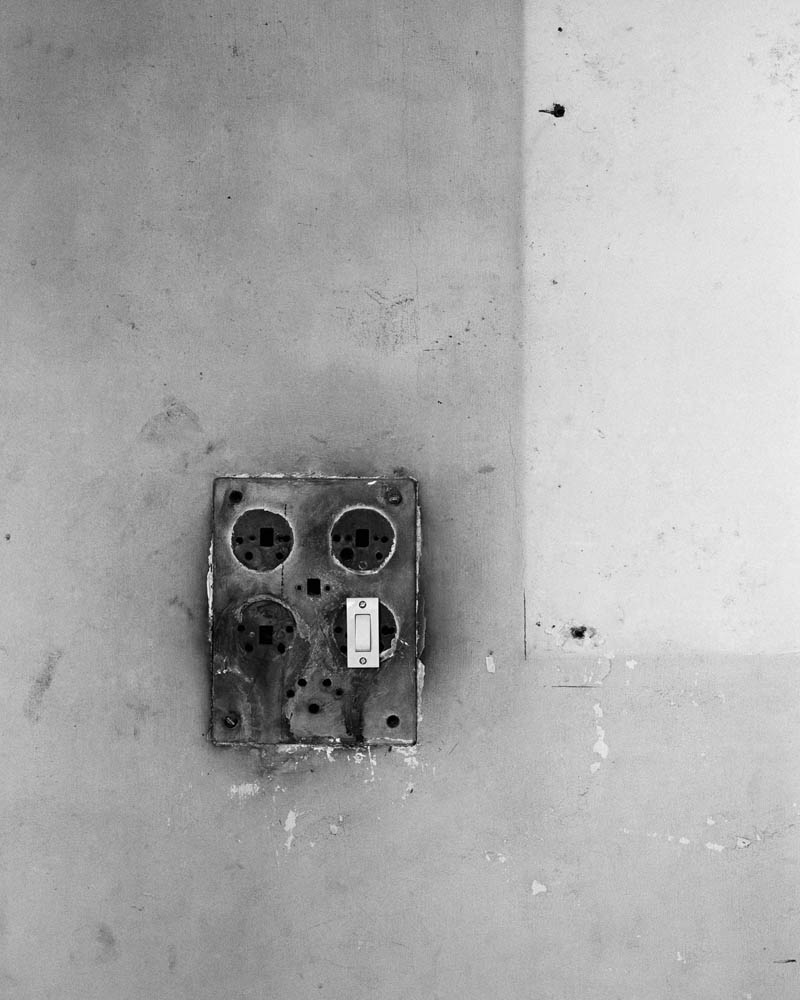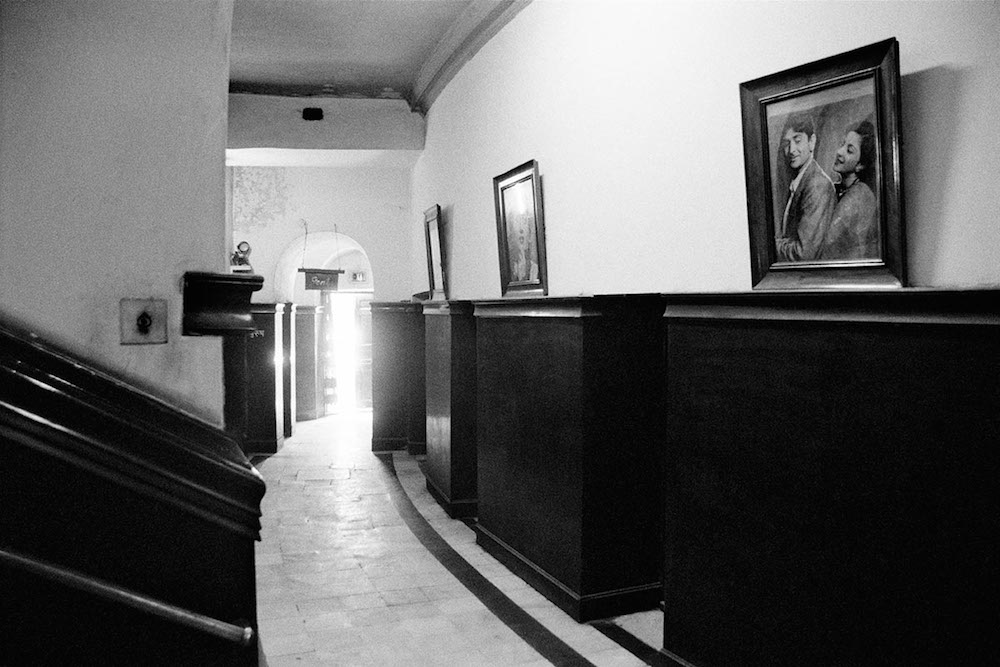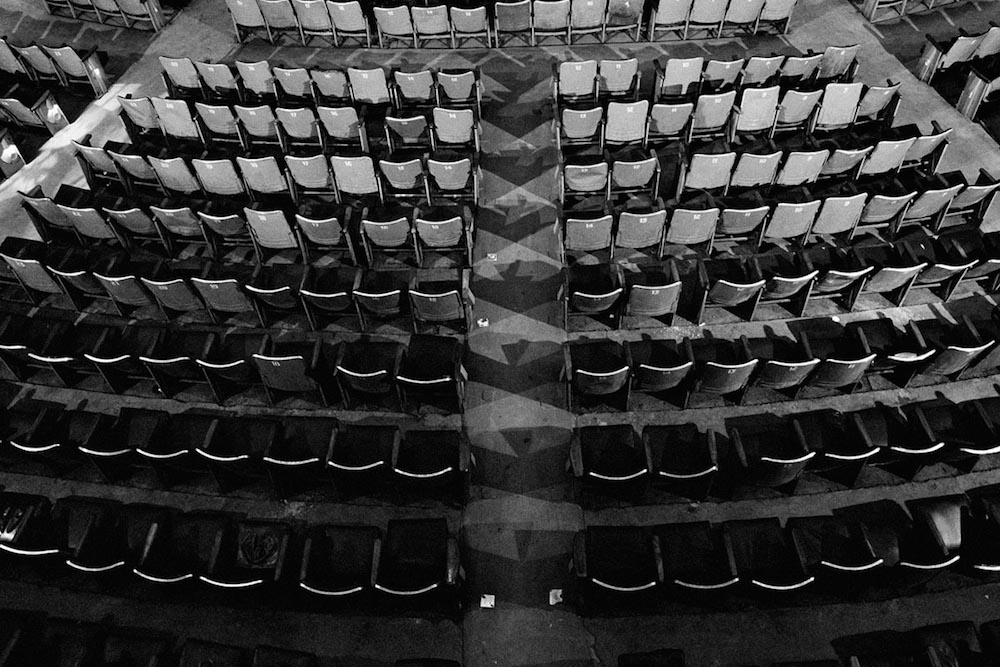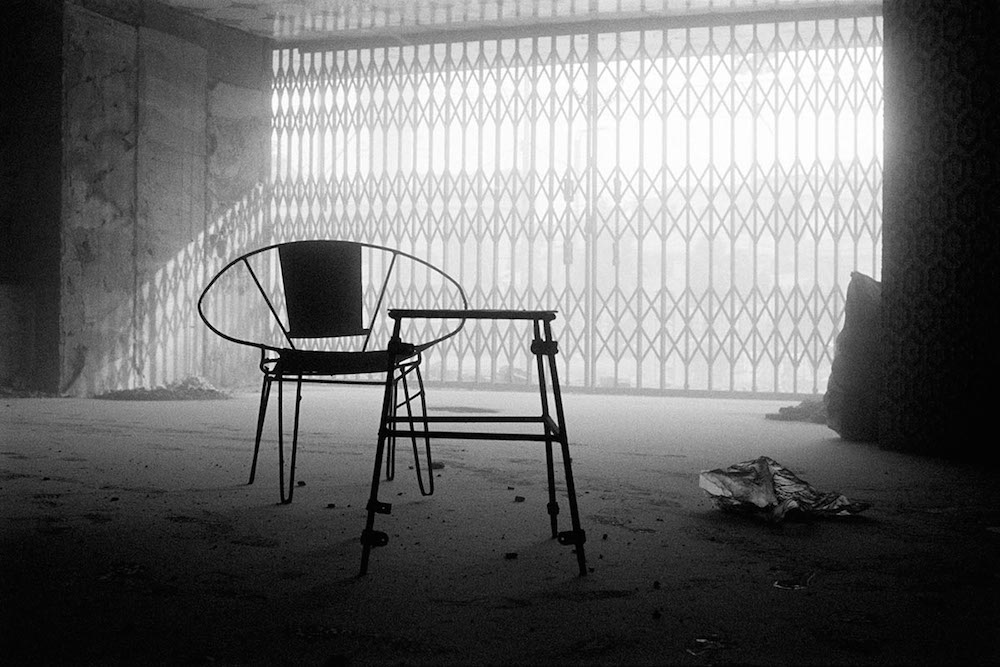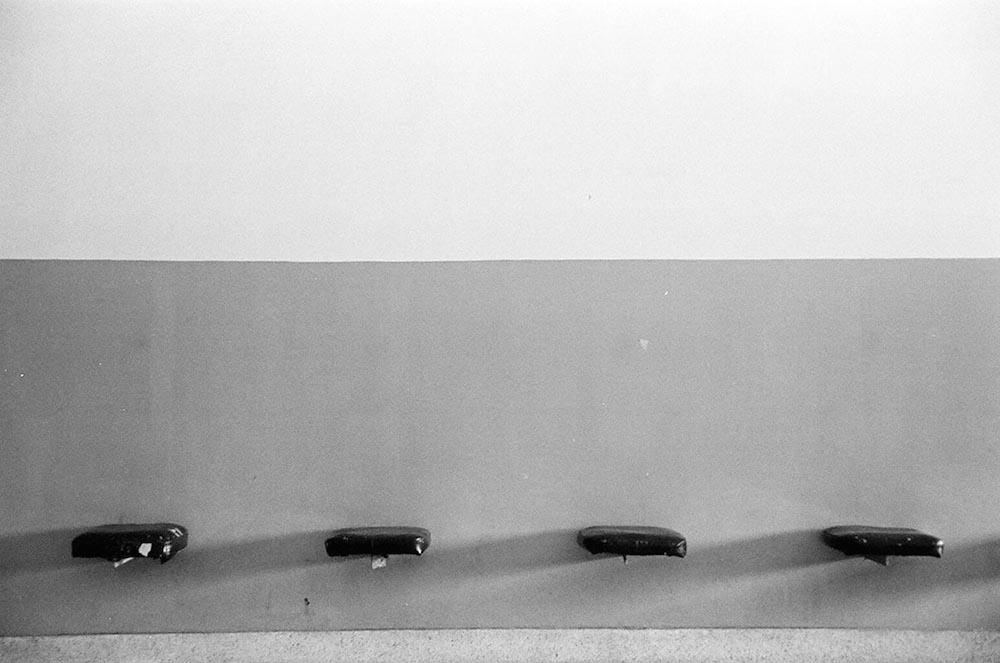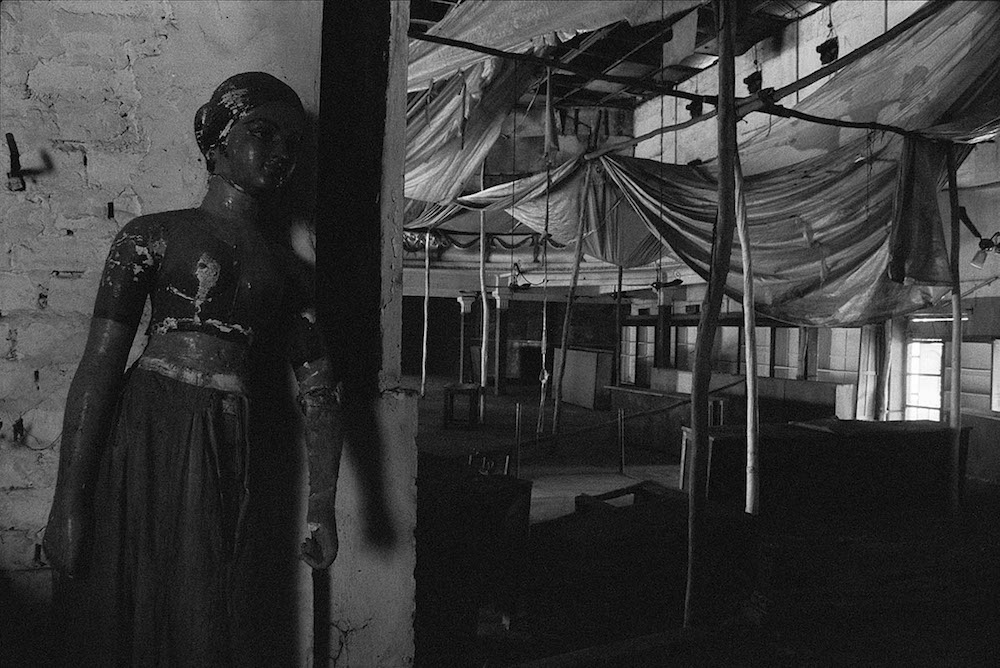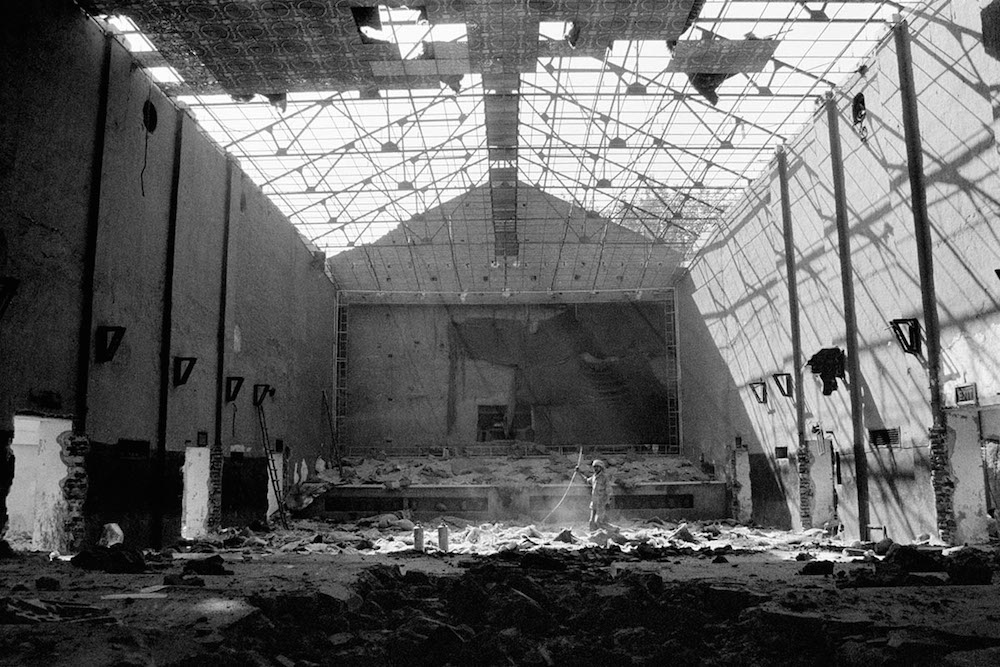CINEMA PLAY HOUSE
My mother’s family owned the first talkies cinema in my hometown, Varanasi, India. As a child a trip to the cinema was a big incentive. With my cousins, I would venture into the auditorium, explore the box office, projector rooms and manager’s office. I would collect the used bundles of tickets, posters, rejected film almost anything that was part of the theatre and could be spared.
In the nineties, many theaters including my family’s closed down. The turn of the century saw a come back of cinema halls, this time with smaller auditoriums and multiple screens. These theaters aimed at a standardized experience regardless of the cultural and aesthetic distinctness of the regions in India.
I am interested in the idiosyncrasies that exist in the older cinema spaces. The owners of the older single screen theaters were involved in its designing process. Some of the owners demanded to cater to the practical needs of the space while others used the opportunity to express their fancies. Either way they didn’t follow a template and each cinema was unique. These theaters seemed to contain cues to the psyche of the people who built it and who occupy it. As if the space and how it’s arranged is an extension of the occupier’s interior. I’m interested in usage: manifestations of interaction between the space and the people, over time.
“Cinema Play House is a visual document: of the real, decrepit space of the single-screen cinema theater but that attempts to imagine it fictively and creatively; a portrait of the people who inhabit these shrinking spaces but that evokes them entirely in their absence; and finally a contemplation about death and passing but sans any mourning or lamentation.”1
1 Priyadarshini Shanker, PhD candidate in the Department of Cinema Studies at New York University, Adjunct Faculty at NYU and Columbia University
